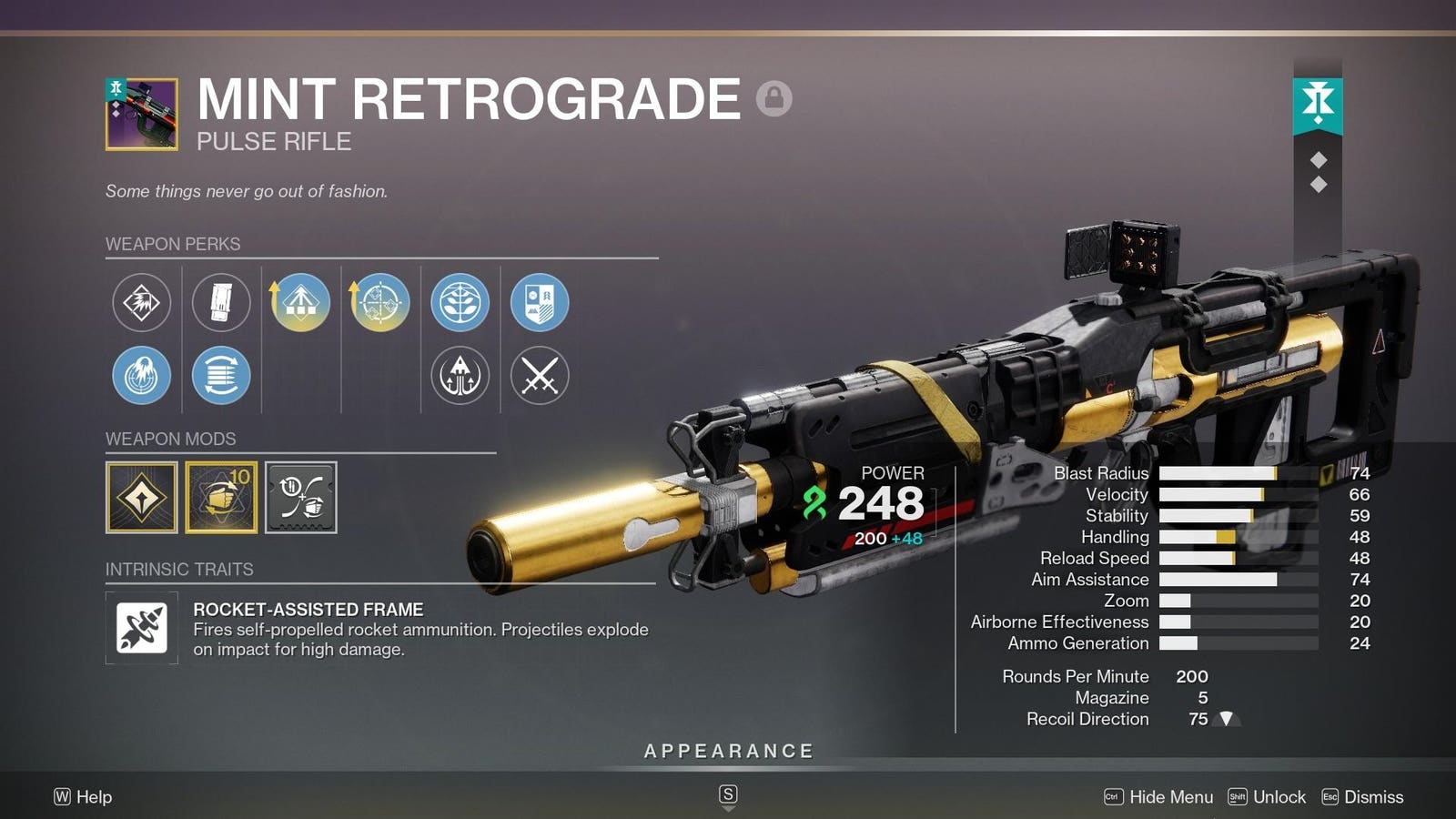Businesswomen using smartphones check New email notifications and business digital online marketing. Inbox receiving electronic message alert. icon envelope virtual screen, communication technology.
getty
The creator economy has spent the last decade quietly normalizing one assumption: if a platform enables you to earn, the platform deserves a percentage of what you make. Subscription fees, digital product marketplaces and course platforms all typically operate on take rates, turning creator revenue into shared revenue, often heavily shared.
Tyler Denk, the CEO and co-founder of Beehiiv, believes that assumption is overdue for a reset. And his company’s latest product expansion is designed around challenging it.
In a conversation for my podcast, Denk explained the direction behind Beehiiv’s newest launch, an integrated suite that brings digital products, AI-driven site creation, podcast pages, analytics and upgrades to its ad tools into one platform. But the real strategic move is more structural, Beehiiv is doubling down on its decision not to take a cut of revenue generated through its tools, positioning itself opposite the prevailing economics of creator platforms.
“We don’t take a take rate on paid subscriptions,” Denk said in the interview. “A lot of digital product providers do take a decently high take rate… we think the take-rate model in many cases is predatory.”
Why It Matters
The creator economy is no longer a niche market, it is shaping media, advertising and online commerce at scale.
- Goldman Sachs estimates the creator economy could reach $480 billion by 2027, driven by direct-to-audience monetization models such as subscriptions and digital products.
- The Interactive Advertising Bureau (IAB) / PwC reports that U.S. digital ad revenue reached $258.6 billion in 2024, up 14.9% year-over-year.
- Nieman Lab’s “Predictions for Journalism” has highlighted the newsletter ecosystem as one of the most resilient and fastest-growing parts of digital media, especially as traditional publishers adopt creator-like business models.
As creators professionalize and publishers restructure, the economics of platform fees and take rates are becoming a defining business issue.
The Push for Integrated, Single-Stack Tools
Denk argues that fragmentation has become a structural problem for creators and publishers alike. Many creators operate across half a dozen platforms: one for newsletters, one for digital products, another for courses, another for websites and still more for analytics or advertising.
“Creators were stuck between multiple logins,” he said in the interview. “I send my audience to one platform to buy digital products, but I’m also sending a newsletter somewhere else and actually my website is over there. It’s a convoluted experience.”
Beehiiv’s strategy is to consolidate this into a single stack.
Nieman Lab has noted that publishers are increasingly moving toward all-in-one environments for newsletters, community and monetization as a hedge against algorithmic volatility and rising audience acquisition costs. Meanwhile, the IAB reports that advertisers are shifting spend toward smaller, highly engaged audience segments, the types of communities often built in newsletters and direct channels.
Against this backdrop, Beehiiv is positioning newsletters not only as a distribution tool but as an anchor for broader creator businesses.
Digital Products Without the Platform Tax
Digital products are central to Beehiiv’s new bundle: ebooks, templates, guides and paid sessions. These offerings have become key income streams for mid-sized creators — those with 5,000 to 150,000 followers — who sit between influencer culture and traditional media.
“There are creators with expertise in crypto, AI, sports, whatever it is,” Denk said. “If you can take your expertise and monetize it through guides or templates, it’s another monetization stream. And we don’t take a percentage of that.”
While other platforms commonly take 5–15% of revenue, Beehiiv maintains a flat SaaS fee. For creators earning meaningful digital product revenue, the difference can be substantial.
Beehiiv’s bet is that creators will increasingly optimize for net income, not features, as the market matures.
AI Websites in Minutes and Why That Matters for Revenue
The expansion also includes an AI-native website builder, capable of generating complete sites from a description or a screenshot.
“What the market is dictating is: drag-and-drop takes two hours. I just want to describe it in two minutes,” Denk said.
Beyond convenience, the strategic point is that websites remain a major source of traffic, search visibility, and commerce. Goldman Sachs notes that SEO-driven content businesses continue to be among the most profitable in the broader creator and media ecosystem, especially as paid traffic becomes more expensive.
An AI website builder that integrates directly with newsletters, digital products and analytics creates a unified funnel and reinforces beehiiv’s no-take-rate model.
The Advertising Layer: Monetization From Day One
Denk emphasized that many creators want to monetize earlier than industry norms traditionally allow.
“The most common question I got at Morning Brew, where he was employee number 2 was: when should I start monetizing?” he said. “I’d usually say around 10,000 subscribers.”
With Beehiiv’s ad network and partner “boosts,” he argues that creators can begin earning almost immediately.
“You can make money from day one with a ten-person list,” he said. “You can sign up your family and your friends and add a sponsorship and get paid per click.”
This aligns with trends the IAB reports: brands increasingly value micro-audiences with high intent and advertisers have begun diversifying away from Meta and Google due to rising costs and declining signal quality.
Beehiiv sees an opportunity to become a centralized marketplace for newsletter advertising, a “Facebook Ads Manager for email,” as Denk described it, though he acknowledges that it is an ambitious long-term goal.
The CEO as a Power User
One dimension of Beehiiv’s culture is unusually hands-on. A significant portion of its employees run their own newsletters and Denk himself publishes one of the better-known “build-in-public” founder newsletters.
“I’m in the platform probably ten hours a week,” he said in the interview. “Every time something doesn’t work, I have a direct line to every engineer.”
This feedback loop has helped shape product development and has had commercial consequences.
“One of our largest users is Time,” Denk said. “They came inbound because their CTO read my newsletter.”
While anecdotal, it demonstrates the impact of executives engaging directly with their own products, a trend increasingly discussed in Nieman Lab reporting on media startups.
The Road Ahead: Community, Video and Further Consolidation
Looking forward, Denk sees several areas for expansion.
“You can imagine where we’re going,” he said. “We don’t have video yet. Community is very interesting.”
This aligns with trends identified by both McKinsey and Nieman Lab: as creators scale, community engagement and multi-format content become essential components of their revenue mix.
Denk also anticipates further consolidation across the industry.
“You’re already starting to see it,” he said. “A lot of platforms that focus on one thing, community, link-in-bio, courses, are realizing those are features, not full platforms.”
With email at the center, Beehiiv is positioning itself as a central operating system for content-based businesses: one stack, one login, one set of analytics.
A Changing Creator Economy Meets a Changing Business Model
As the creator economy expands, fueled by billions in brand advertising, subscription payments, and digital product sales, the underlying economics of platforms are being reexamined. Take rates made sense when creators were hobbyists. But as the market professionalizes, platforms are being judged more like business infrastructure than social networks.
The reports from Goldman Sachs, the IAB, and Nieman Lab all point toward a more mature, revenue-focused, and professionally operated ecosystem.
“The goalposts always move,” Denk said. “Creators want to make money. They want to grow. If we can help them do that without taking from them, that’s the goal.”
This article is based on an interview with Tyler Denk on my podcast The Business of Creators.









